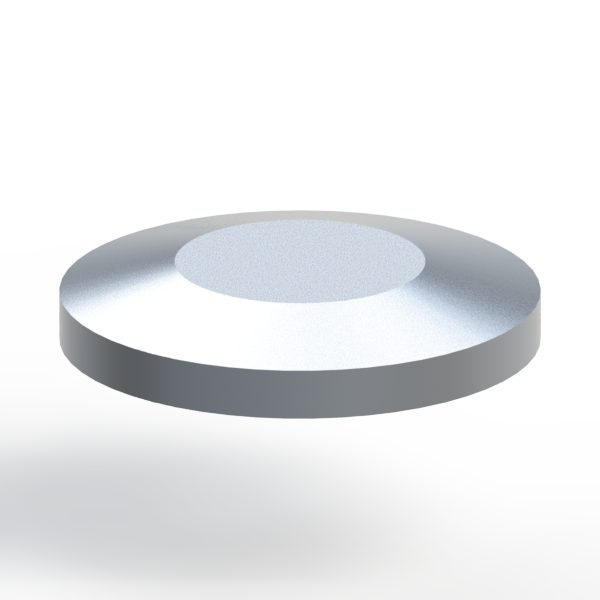Iso Aluminium Designations Average ratng: 7,0/10 1993votes
The Aluminum Association designation system is defined according to ANSI H35.1 with respect to the designation and composition of aluminum alloys and tempers registered in the United States, and is also harmonized through the international accord on the composition and designation of registered wrought aluminum alloys. Aluminium and aluminium alloys field. This European Standard specifies a five-figure numerical designation system for aluminium alloys and master. EN ISO 14044. In Deep By Brenda Rothert.epub Software.

Contents • • • • • Compositions [ ] The following table lists the most common standard aluminium bronze wrought alloy compositions, by designations. The percentages show the proportional composition of the alloy by weight. Copper is the remainder by weight and is not listed: Alloy Aluminium Iron Nickel Manganese CuAl5 4.0–6.5% 0.5% max. CuAl8 7.0–9.0% 0.5% max.
CuAl8Fe3 6.5–8.5% 1.5–3.5% 1.0% max. CuAl9Mn2 8.0–10.0% 1.5% max. 1.5–3.0% 0.5% max. CuAl10Fe3 8.5–11.0% 2.0–4.0% 1.0% max.
CuAl10Fe5Ni5 8.5–11.5% 2.0–6.0% 4.0–6.0% 2.0% max. Material properties [ ] Aluminium bronzes are most valued for their higher strength and resistance as compared to other bronze alloys. These alloys are -resistant and show low rates of corrosion in conditions, low rates at high temperatures, and low reactivity with compounds and other products of. They are also resistant to corrosion in.
Aluminium bronzes' resistance to corrosion results from the aluminium in the alloys, which reacts with atmospheric to form a thin, tough surface layer of (aluminium oxide) which acts as a barrier to corrosion of the copper-rich alloy. The addition of can improve corrosion resistance. Another notable property of aluminium bronzes are their effects. The copper component of the alloy prevents colonization by marine organisms including,,, and, and therefore can be preferable to or other non-cupric alloys in applications where such colonization would be unwanted. Aluminium bronzes tend to have a golden color. Applications [ ] Aluminium bronzes are most commonly used in applications where their resistance to corrosion makes them preferable to other engineering materials. These applications include and components on,, components (especially for seagoing ships), underwater fastenings in, and ship.
Aluminium bronze is also used to fulfil the for Zones 1, 2, 21, and 22. The attractive gold-toned coloration of aluminium bronzes has also led to their use in.
Aluminium bronzes are in the highest demand from the following industries and areas: • General sea water-related service • • and industries ( i.e. Tools for use in non-sparking environments) • Specialised anti-corrosive applications • Certain structural retrofit building applications Aluminium bronze can be using the welding technique with an aluminium bronze core and pure gas. Aluminium bronze is used to replace gold for the casting of dental crowns. The alloys used are chemically inert and have the appearance of gold. Alloys similar to aluminium bronze are used in making coins, for example the 20, 200 and 500 Italian Lire, the one and two dollar coins of and currency produced by the, some and the used for some. The, produced by the and circulated since 1996, is a bi-metallic piece with an outer ring of nickel-plated steel and an inner circle of Aluminium bronze composed of 92% copper, 6% Aluminium, and 2% nickel (also known as Bronzital).